Further to our recent article on the history of the 2CV prior to its introduction in 1947, Chris Dubuque in Seattle sent in the following information about the TVP Pick-up that we mentioned.
Chris writes:
“I have a bit of a story on the pick-up truck version that Michelin had. As a wheel, brake, and tire engineer at Boeing, I visited Michelin headquarters in Clermont-Ferrand a number of times. In the 1990’s I was in France and one of the older Michelin tire engineers claimed he knew the story of the pick-up.
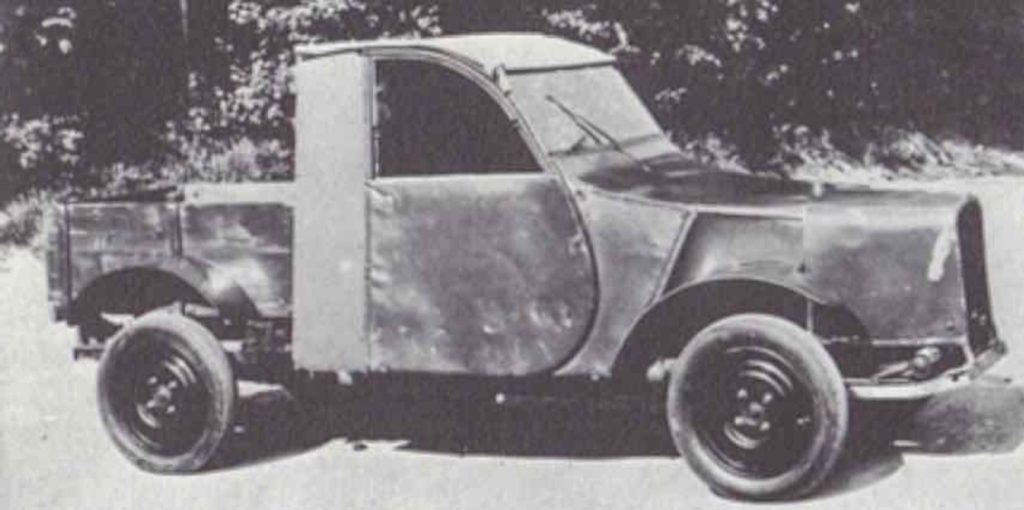
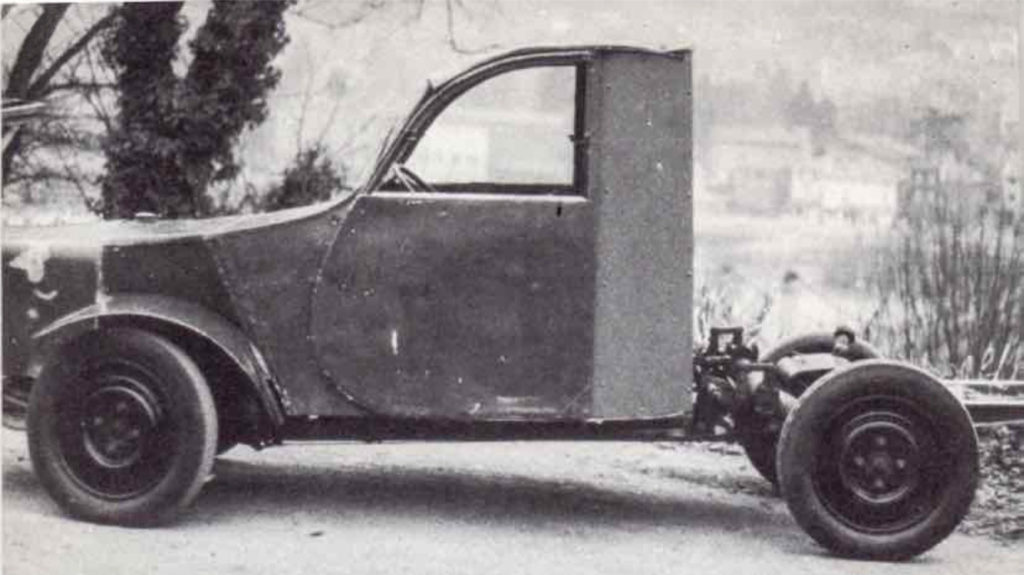
He was in his late 60’s at the time so was of the age who might have known. He told me it is the EARLIEST of the surviving original cars. He said it is an actual prototype, not a modified version of the original run of cars as has been stated in various articles. He said that it does NOT have a serial number plate. He said it was a test mule that was given to Michelin for tire testing and predates the restored one. He did not know if the crude body was built by Michelin or by Citroen.
I went to Lyon a few years ago and tracked it down in the back of a nearly empty museum called Musée Malartre, which is part of the Château de Rochetaillée.

It indeed does not have a SN plate and never had one (no holes in the frame in the plate location). Mechanically it is very similar to the restored car. I have a wad of photos I took if you are interested.
So was it a car that was “disguised” as has been repeatedly stated? Or was it an actual prototype with a crude mule body? Who knows, but I am inclined to believe the old French guy who worked within the highly guarded walls of Michelin’ facility in Clermont-Ferrand his entire career. Dunno…”
The story of how it ended up with a pick-up body is…as expected…a bit murky. The most common story is that it was transported to, and hidden within the fortress-like walls of the secretive Michelin factory in Clermont-Ferrand in 1939 as the war broke out. The lore goes on to indicate that the truck-like body was fabricated by Michelin employees to disguise its true origin as a TPV. This makes some sense, since it meshes with the story of the other prototypes being “hidden” from the Germans.
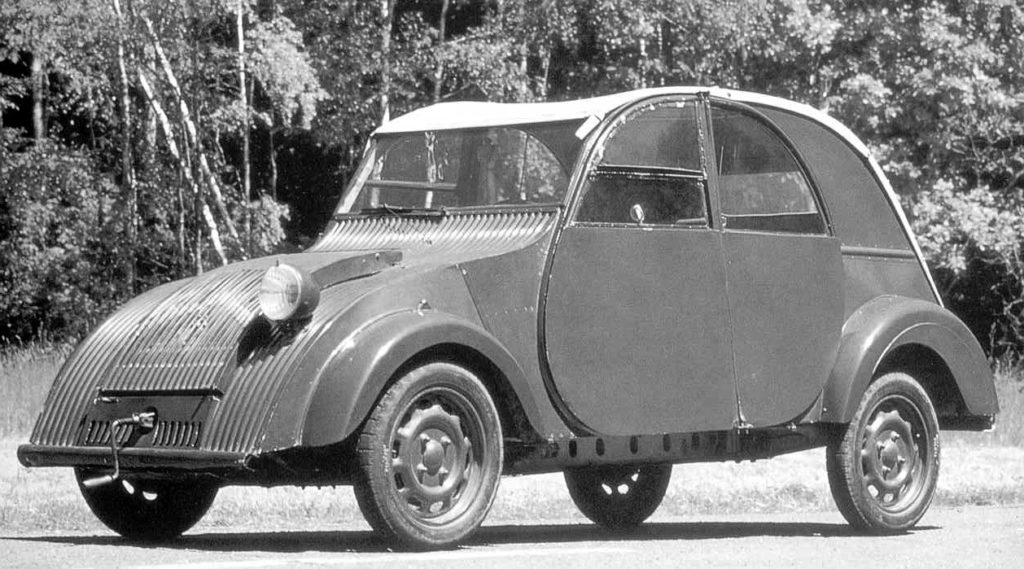
But there is another story floating around that probably makes more sense; That it was already at the Michelin factory for tire testing when the war broke out. Remember at this time Michelin had controlling interest in the Citroën company, and of course Michelin was supplying the tires for the car, so it would be very plausible that a test car might be at Michelin in 1939. Note that Michelin has a huge test track facility near Clermont-Ferrand in Ladoux where they did (and still do) test cars and trucks.
The well-connected author Fabien Sabatès reported that Henri Malartre discovered it at Michelin in 1946. Eventually it was moved to Lyon and has been quietly in the Malartre collection in the out-building since 1960.
One thing that was really interesting was to try to figure out how the suspension works.
The front suspension arms are connected to these torsion bars by long rods that very much resemble the tension rods ultimately used on the production 2CV’s. So while the tension rod concept survived to the production cars, the torsion bars in the back, did not.
The TPV prototypes have a series of lateral torsion bars, just in front of the rear wheels.
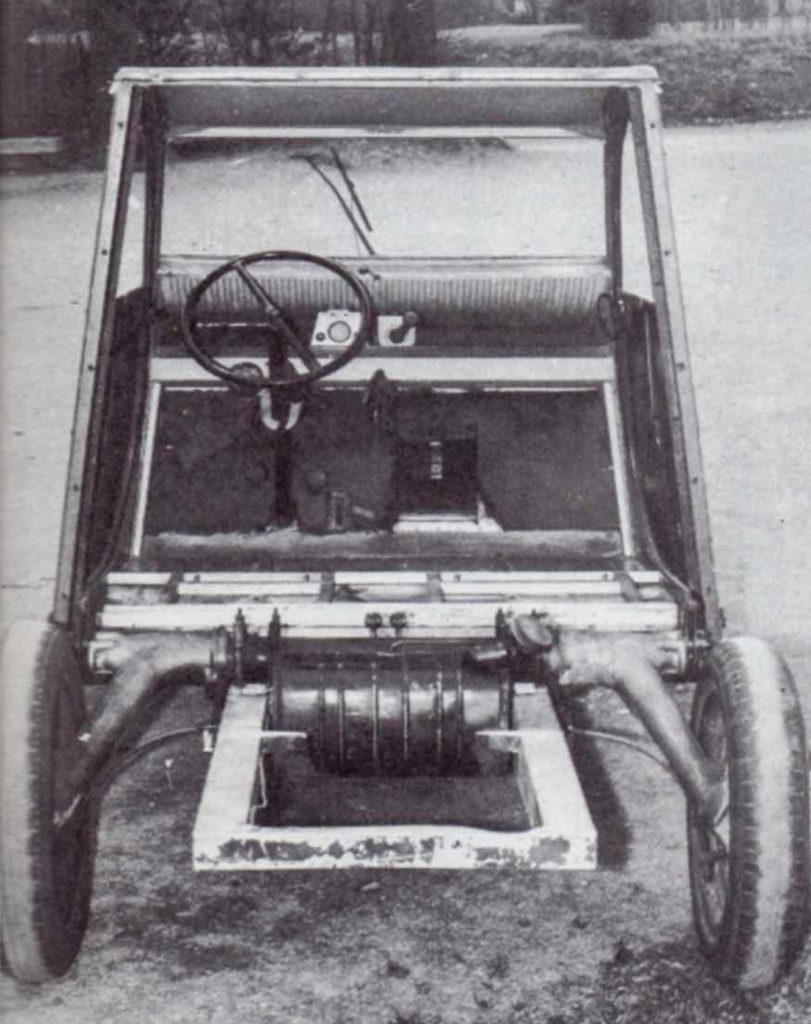
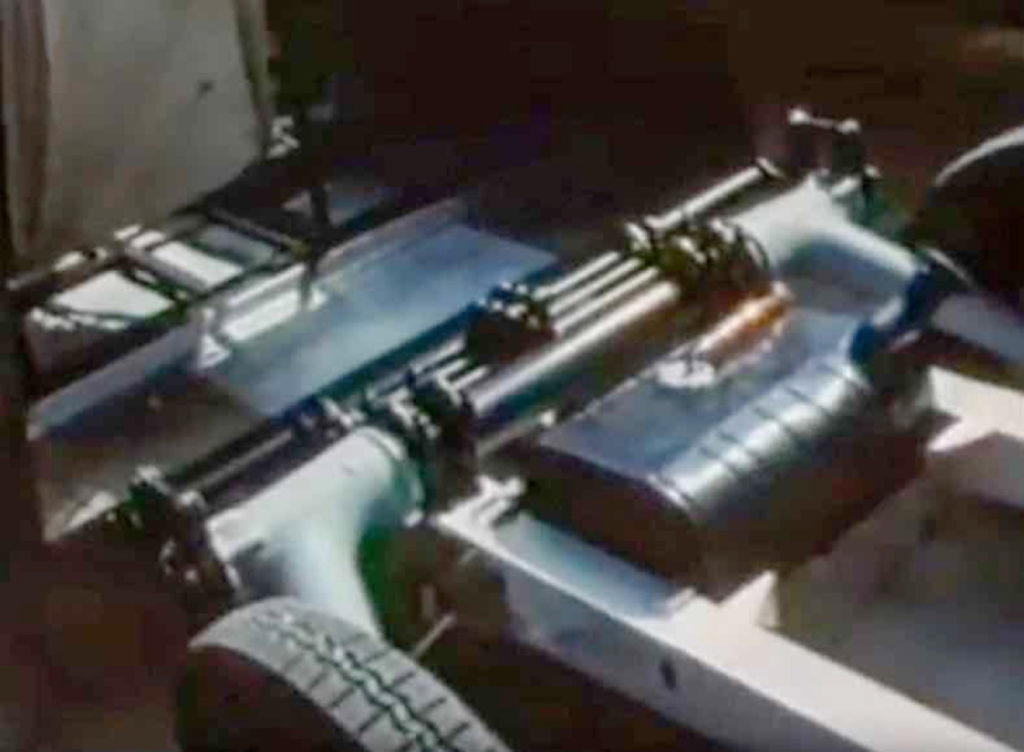
As can be seen in the photos below, The TPV Pick-up has been highly restored. One source indicates it was restored in the 1980’s.
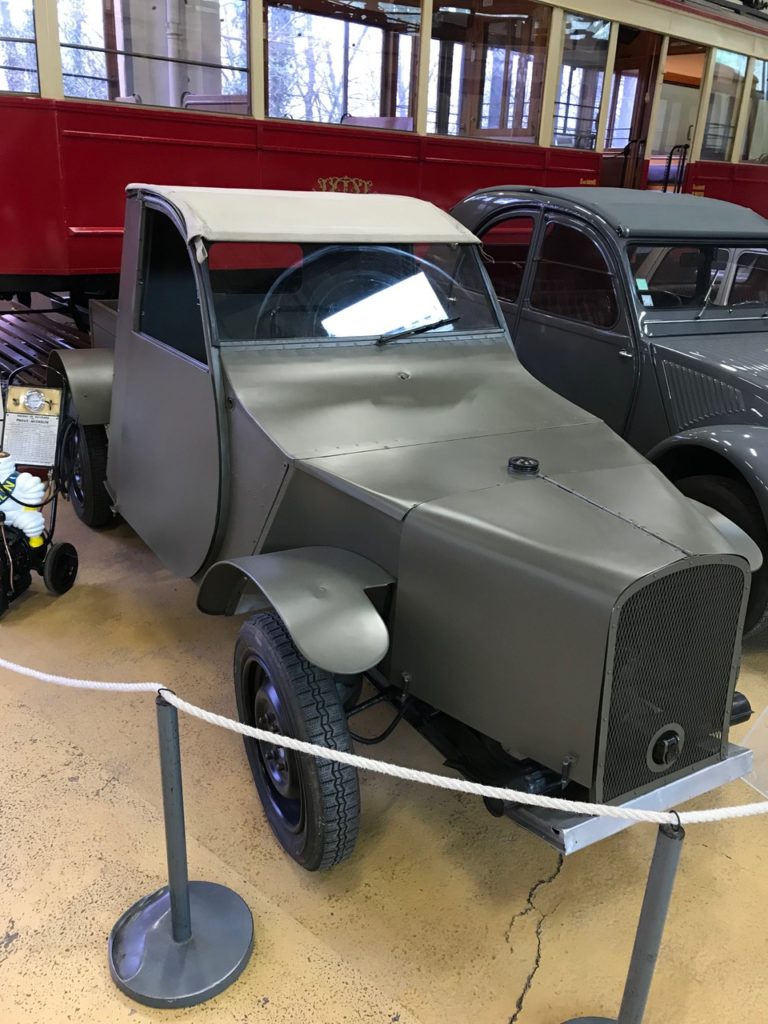
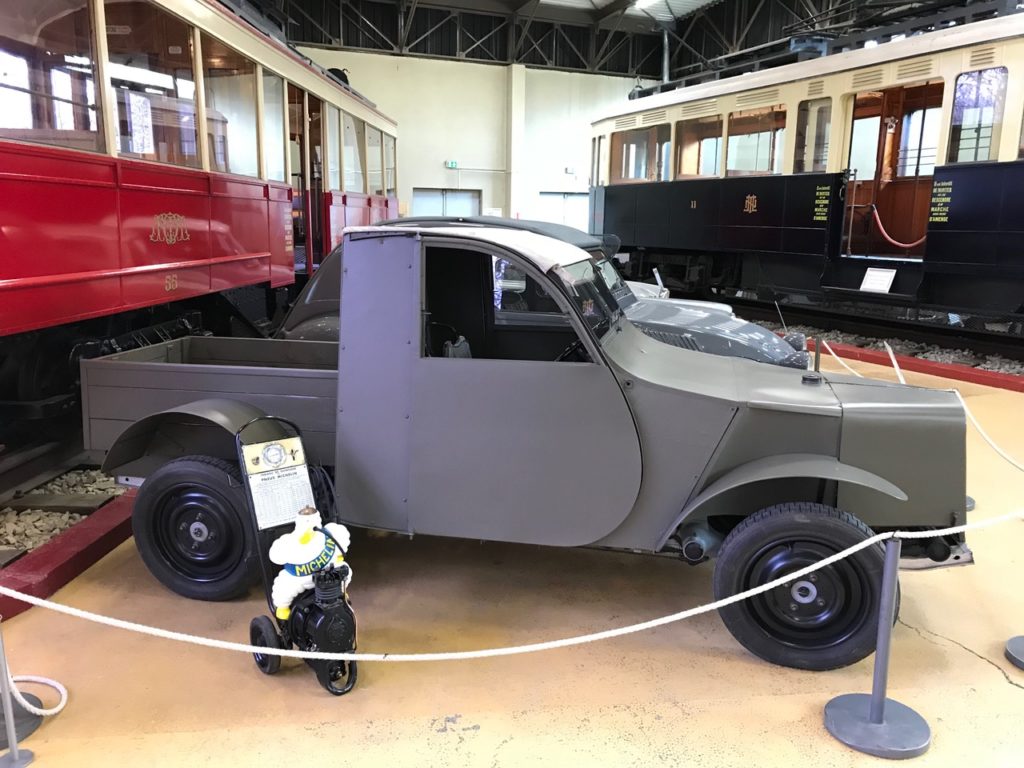
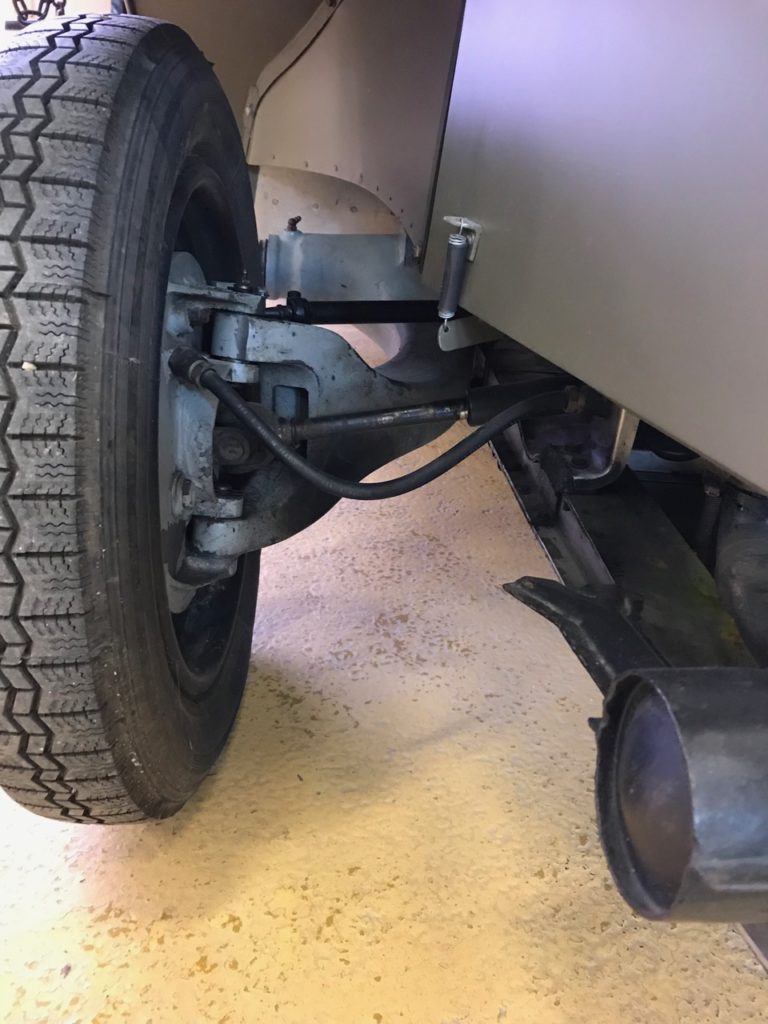

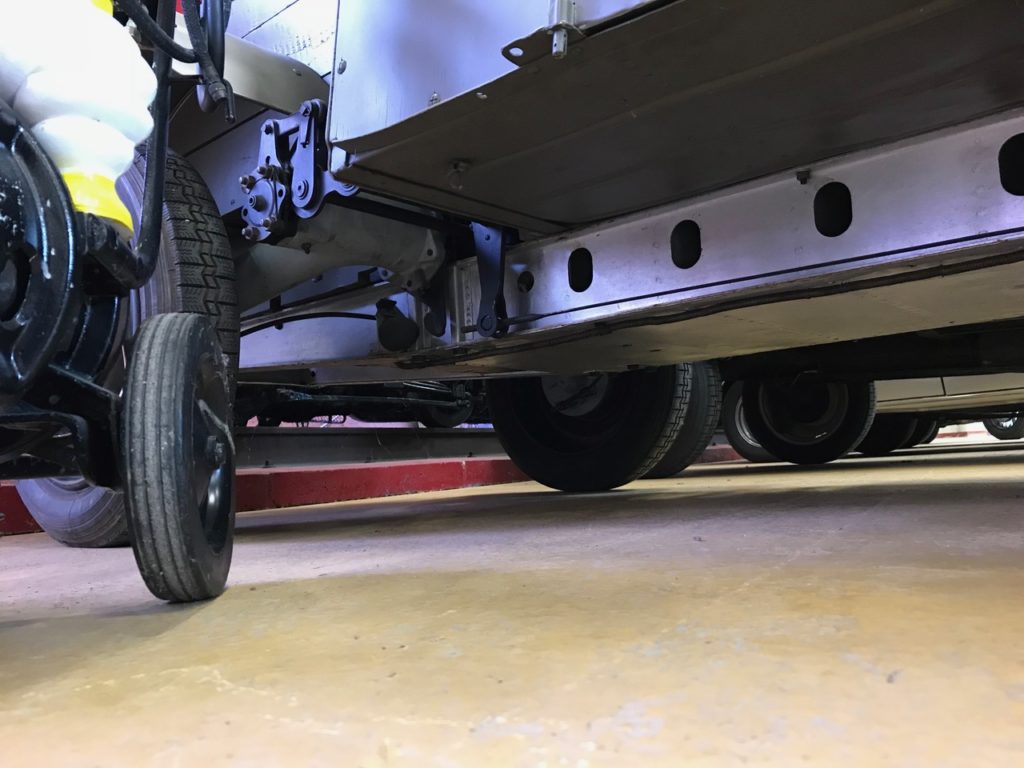
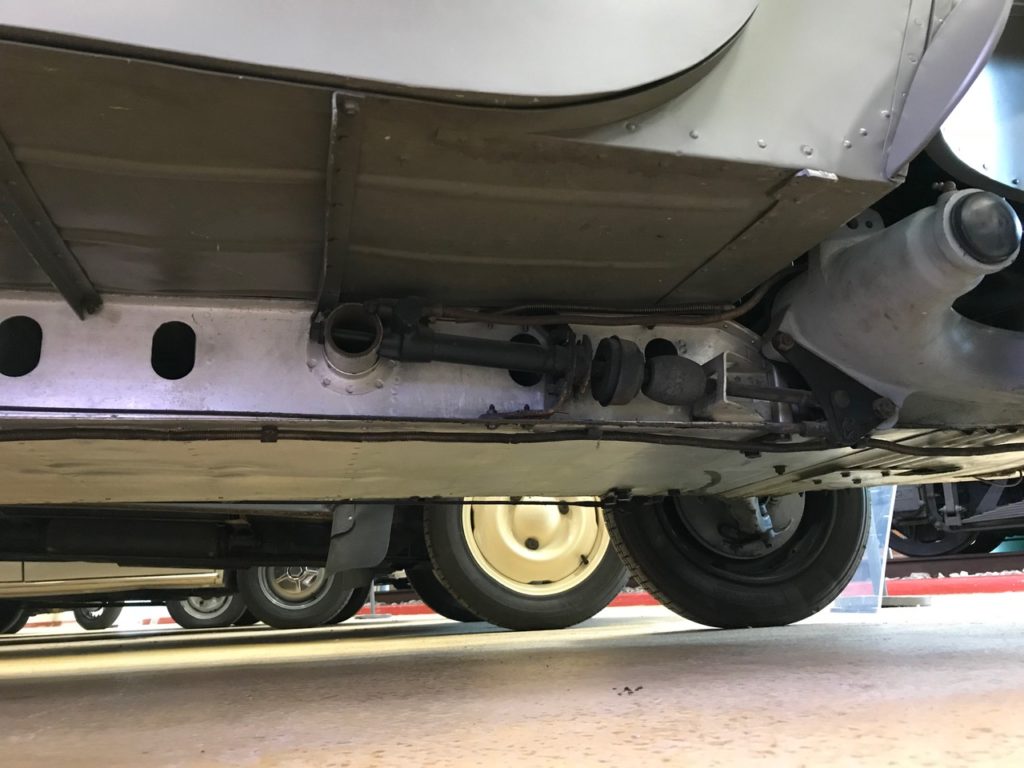

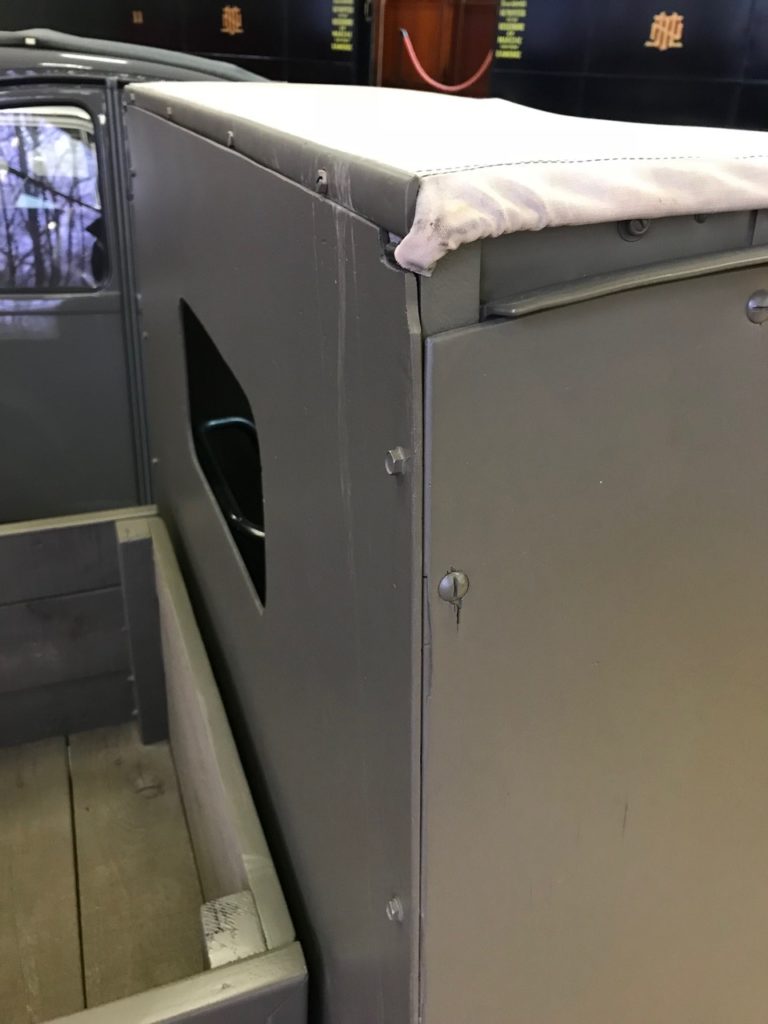
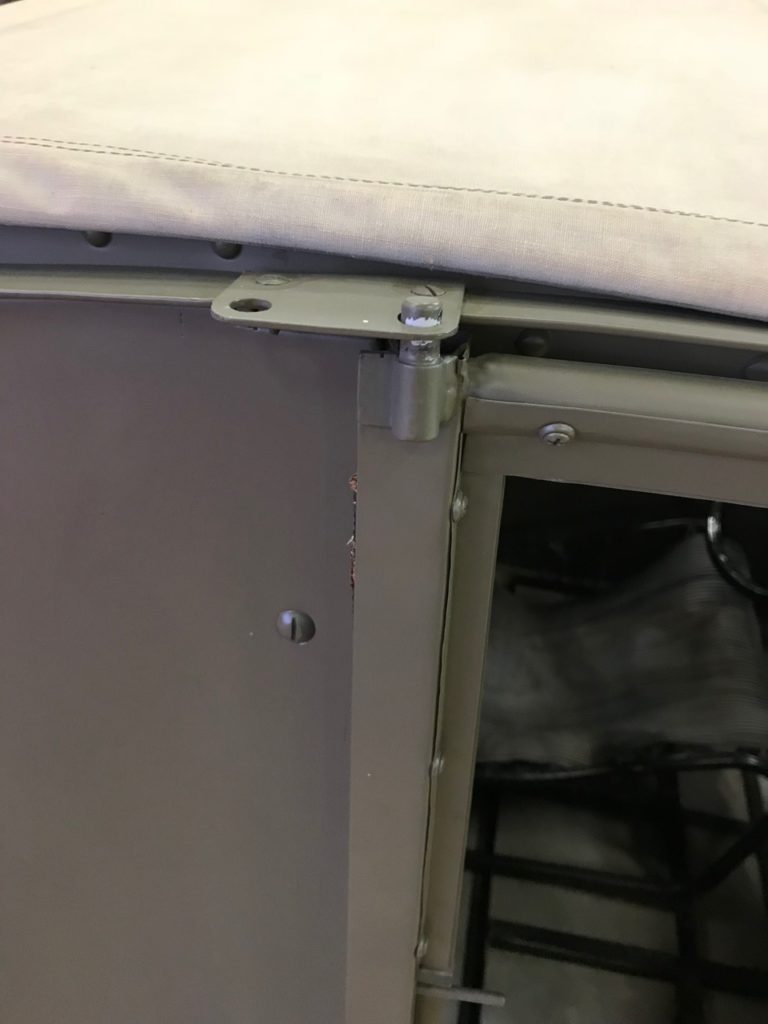
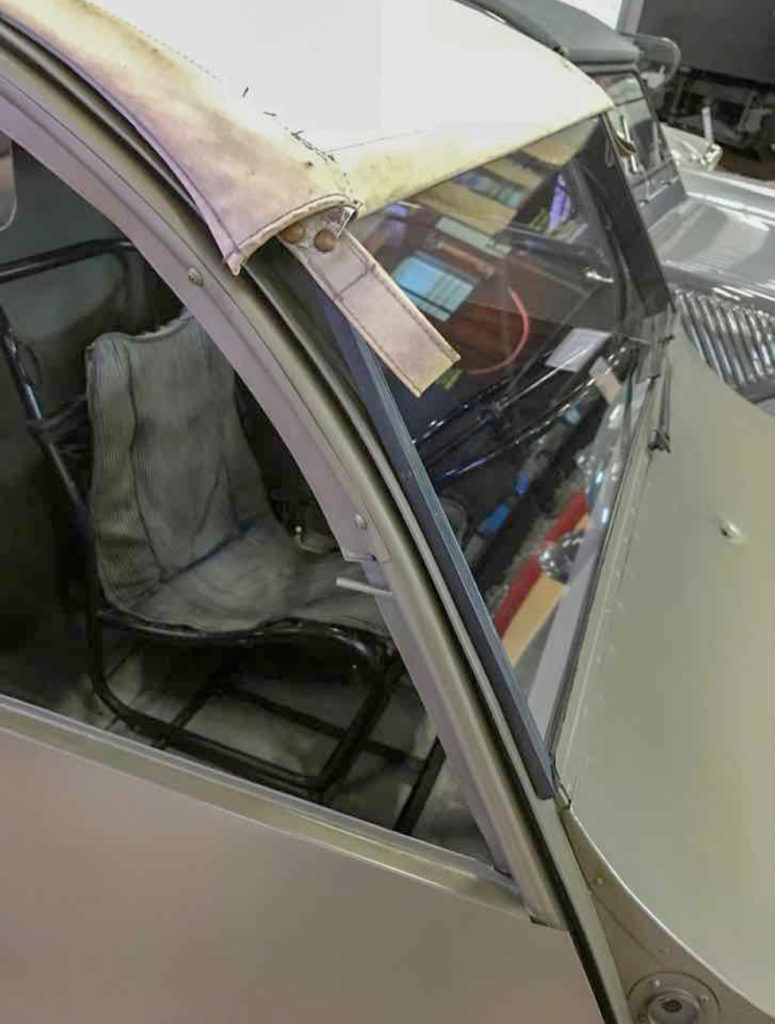

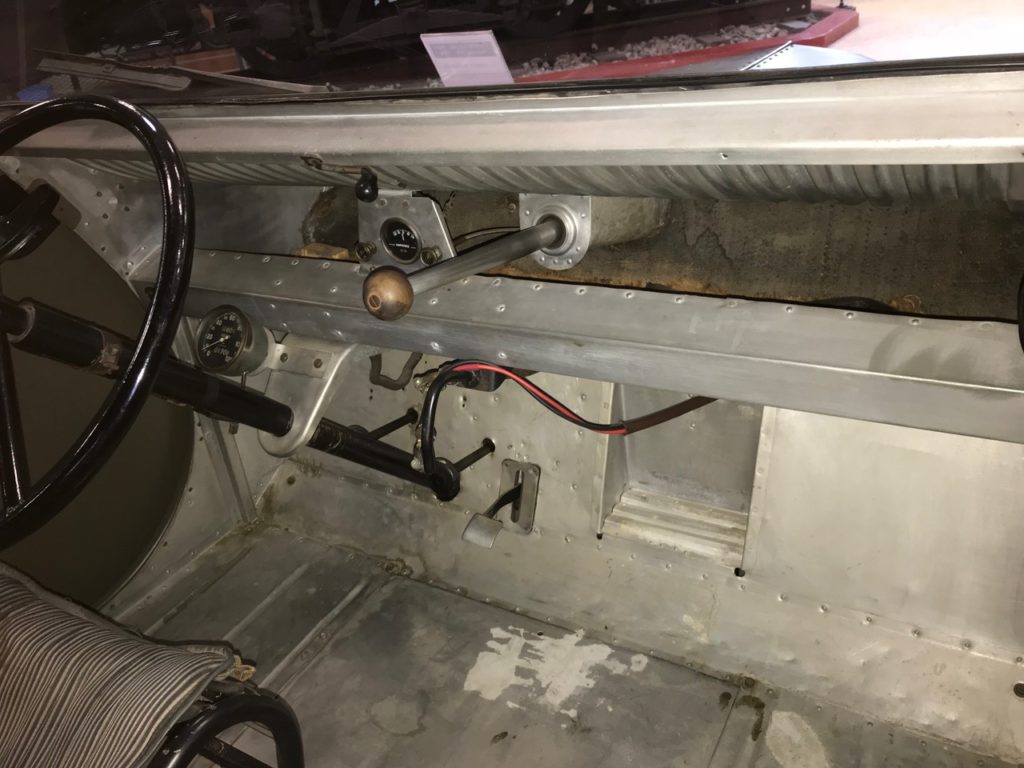


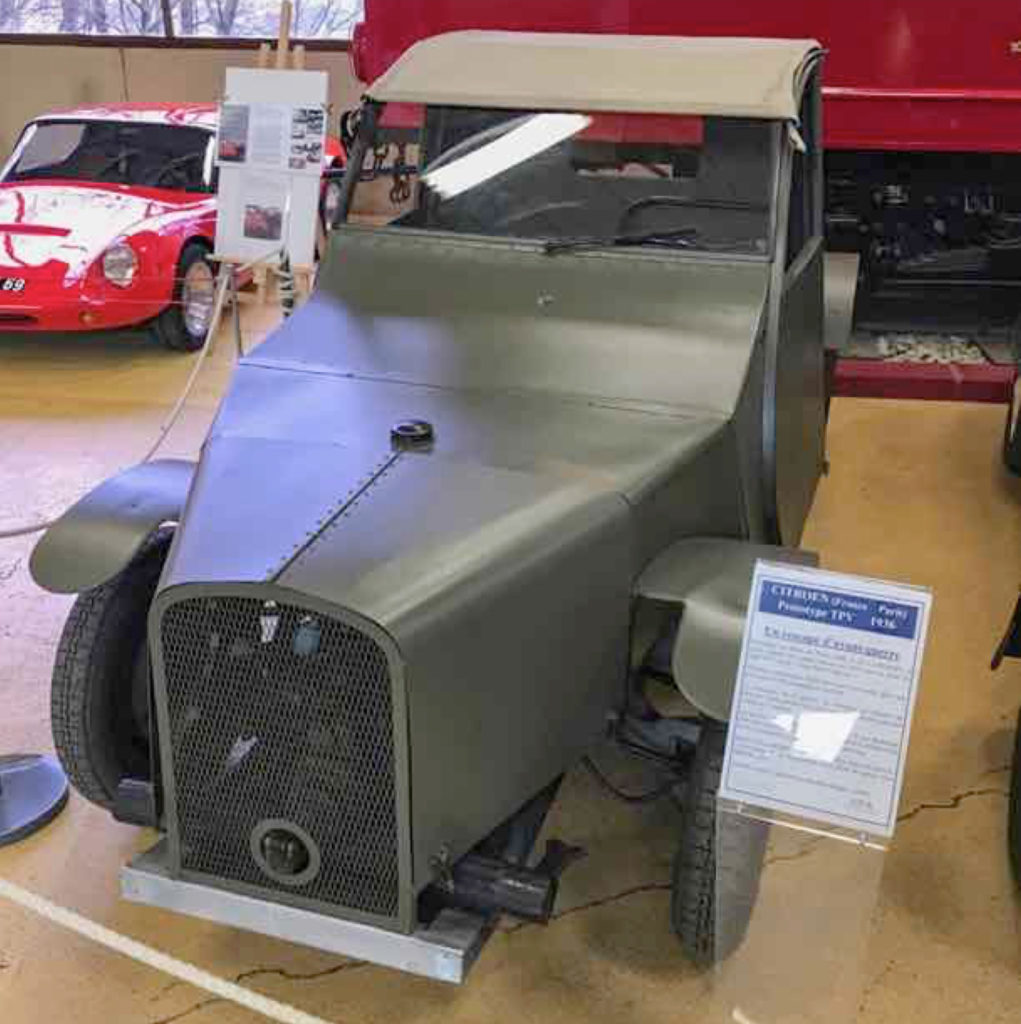
A visit to the Musée Malartre is definitely worth the effort if you want to scrutinize early Citroën engineering efforts related to the TPVs that ultimately became the 2CV.
Contact:
Henri Malartre Museum of Automobiles
645 rue du Musee, Rochetaillee-sur-Saône, FR 69270
645 rue du Musee, Rochetaillee-sur-Saône, FR 69270

